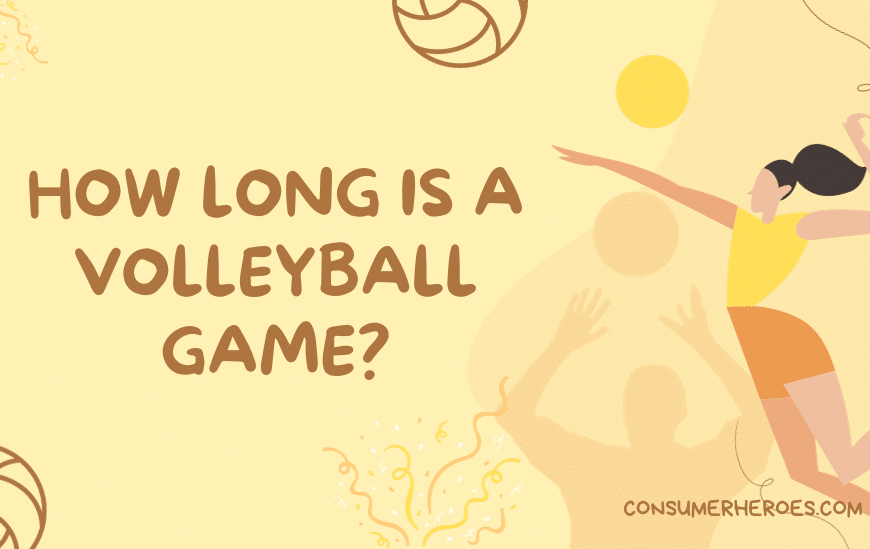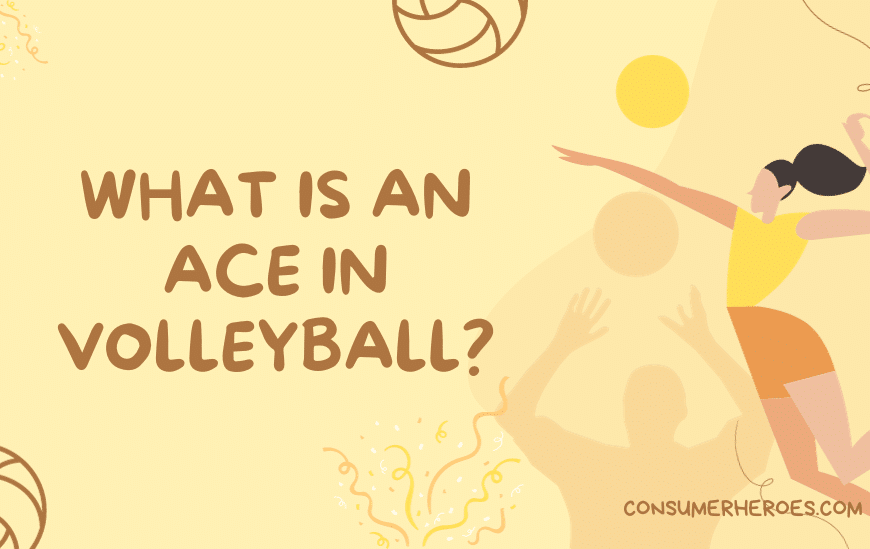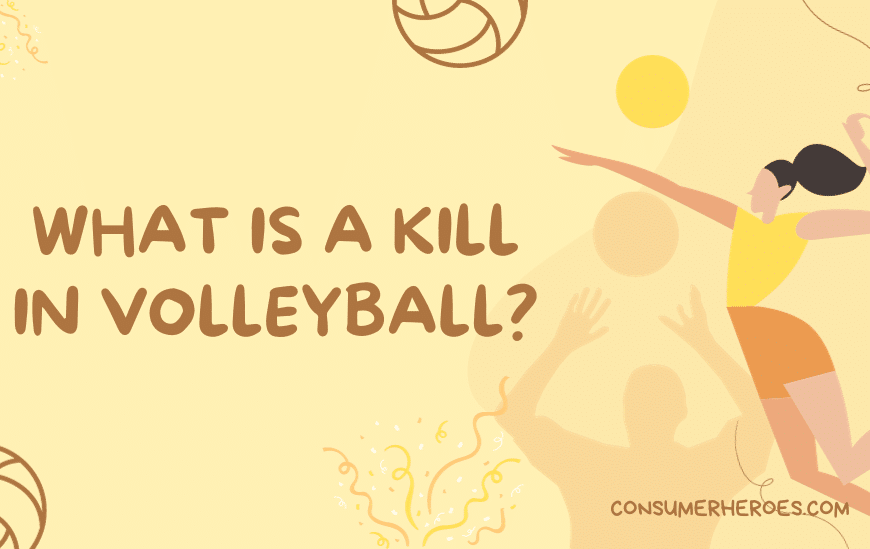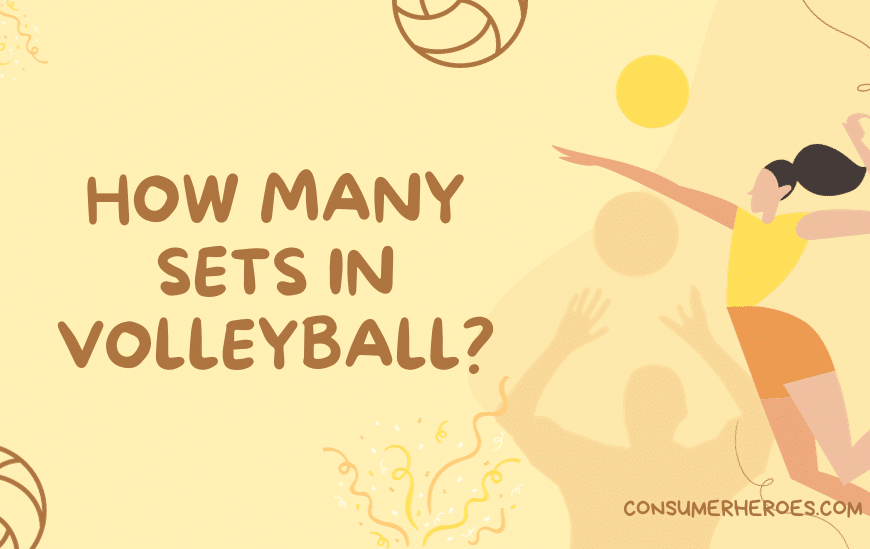Bumping a volleyball is an essential skill in the sport. It is one of the first skills that beginners learn, and it is crucial for players at all levels to master. Bumping, also known as passing, involves using the forearms to pass the ball from one player to another. It is a fundamental skill that enables players to set up their teammates for a successful attack.
To bump a volleyball correctly, players must position themselves correctly and use the proper technique. They must keep their eyes on the ball, move their feet to get into position, and use their forearms to pass the ball. It is essential to make contact with the ball in the center of the forearms, and players should avoid using their hands or fingers. By mastering the bump, players can improve their overall game and contribute to their team’s success.
In this article, we will provide a step-by-step guide on how to bump a volleyball correctly. We will cover the basic technique, common mistakes to avoid, and tips for improving your bumping skills. Whether you are a beginner or an experienced player, this article will help you improve your bumping technique and become a better volleyball player.
Understanding Volleyball Basics
Volleyball is a popular sport that is played by millions of people worldwide. To play it well, one must understand the basic rules and techniques involved. This section will provide a brief overview of the fundamentals of volleyball.
Court and Equipment
A volleyball court is rectangular in shape and measures 18 meters long and 9 meters wide. The net is placed in the center of the court, dividing it into two equal halves. The height of the net varies depending on the level of play, but it is usually around 2.43 meters for men and 2.24 meters for women.
Each team has six players on the court at a time. The players rotate positions after each point is scored. The objective of the game is to send the ball over the net and to ground it on the opponent’s side of the court.
Serving
The serve is the first hit of the game and is used to initiate play. The server stands behind the end line and hits the ball over the net to the opponent’s court. There are two types of serves: the underhand serve and the overhand serve. The underhand serve is easier to execute, but the overhand serve is more powerful and accurate.
Passing
Passing is the act of receiving the ball from the opponent’s serve or attack. The basic technique for passing is to form a platform with the forearms and to angle it towards the target. Good passing is essential for setting up the attack and for maintaining control of the ball.
Setting
Setting is the act of directing the ball to a teammate for an attack. The setter uses the fingertips to push the ball into the air and to direct it towards the attacker. The timing and accuracy of the set are critical for a successful attack.
Attacking
Attacking is the act of hitting the ball over the net and into the opponent’s court. The attacker approaches the ball and jumps to hit it with the hand or arm. There are different types of attacks, including the spike, the block, and the tip. The spike is the most powerful attack and is used to score points.
In conclusion, understanding the basics of volleyball is essential for playing the game well. By mastering the fundamental techniques, players can improve their skills and enjoy the sport even more.
The Importance of Bumping in Volleyball
Bumping is a fundamental skill in volleyball that is essential for players of all levels. It is the first touch of the ball after the serve, and it is used to control the ball and set up the offense. The bump is also known as the forearm pass, and it is performed by using the forearms to pass the ball to a teammate or over the net.
One of the main reasons why bumping is so important in volleyball is that it allows the team to maintain control of the ball. A good bump can keep the ball in play and prevent the other team from scoring. In addition, a well-executed bump can set up the team’s offense by putting the ball in a position where it can be easily hit by another player.
Another reason why bumping is important is that it is a basic skill that all players must master. Even players who specialize in other positions, such as hitters or setters, need to be able to bump effectively. Without a solid foundation in bumping, players will struggle to perform more advanced skills and may not be able to contribute to the team’s success.
Finally, bumping is important because it is a key component of teamwork. Volleyball is a team sport, and players must work together to achieve their goals. Bumping requires communication and coordination between teammates, and it is often the first step in a successful offensive play.
In summary, bumping is a crucial skill in volleyball that is essential for players of all levels. It allows teams to maintain control of the ball, set up the offense, and work together as a team. By mastering the bump, players can improve their overall performance and contribute to their team’s success.
Proper Bumping Technique
Body Positioning
The first step in executing a proper bump is to position the body correctly. The player should stand with their feet shoulder-width apart and their knees slightly bent. This will provide a stable base for the player to move from. The player should also keep their weight centered over their feet.
Arm Positioning
The next step is to position the arms correctly. The player should hold their arms out in front of them with their elbows slightly bent. The hands should be together and the fingers should be spread apart. The player should keep their wrists firm and their fingers relaxed.
Contact with the Ball
The final step is to make contact with the ball. The player should move towards the ball and get into position. As the ball approaches, the player should move their arms forward and upward to meet the ball. The player should make contact with the ball using the forearms, with the arms forming a platform. The player should keep their eyes on the ball and their body behind the ball.
By following these steps, a player can execute a proper bump and keep the ball in play. It is important to practice these techniques regularly to develop good form and consistency.
Common Mistakes to Avoid
Incorrect Body Position
One of the most common mistakes made when bumping a volleyball is having an incorrect body position. This can lead to a lack of control and accuracy when contacting the ball. Players often stand too upright or lean too far forward, which can result in the ball being hit too high or too low.
To avoid this mistake, players should focus on maintaining a low, athletic stance with their feet shoulder-width apart and knees slightly bent. This will allow for better balance and control when contacting the ball.
Wrong Arm Position
Another common mistake is having the wrong arm position when bumping a volleyball. Players often swing their arms too far back or forward, which can result in an inaccurate contact with the ball. It is important to keep the arms straight and in front of the body when making contact with the ball.
To avoid this mistake, players should focus on keeping their arms straight and in front of their body, with their hands together and fingers pointed towards the target. This will allow for a more accurate and controlled contact with the ball.
Inaccurate Contact
The final common mistake made when bumping a volleyball is an inaccurate contact with the ball. This can be caused by a variety of factors, including incorrect body and arm position, as well as poor timing and technique.
To avoid this mistake, players should focus on making contact with the ball in the center of their forearms, with their wrists locked and hands together. They should also aim to contact the ball at the highest point possible, which will allow for better control and accuracy.
By avoiding these common mistakes, players can improve their bumping technique and become more effective on the volleyball court.
Practice Drills for Bumping
Bumping is an essential skill in volleyball, and like any skill, it requires practice to perfect. Here are some practice drills that can help improve your bumping technique.
Solo Drills
- Wall Bumps: Stand facing a wall and bump the ball against it. Focus on keeping your arms straight and your hands together to create a platform for the ball to bounce back to you. Vary the height and speed of the ball to challenge yourself.
- Chair Bumps: Sit on a chair with your feet flat on the ground and your knees bent at a 90-degree angle. Place a ball on the ground between your feet and bump it up to yourself. This drill helps you focus on using your legs and core to generate power in your bump.
- Shadow Bumps: Stand in front of a mirror and practice your bump while watching your form. This drill helps you correct any mistakes in your technique.
Partner Drills
- Partner Toss: Stand facing your partner and have them toss the ball to you. Bump the ball back to them, and have them repeat the process. Vary the height and speed of the toss to challenge yourself.
- Pepper: This classic drill involves two players bumping the ball back and forth to each other. Start with a simple bump, and gradually add more complex moves like sets and spikes.
- Three-Person Bump: Stand in a triangle formation with two partners. One partner bumps the ball to the other, who then bumps it to the third partner. This drill helps improve communication and teamwork.
By incorporating these practice drills into your training routine, you can improve your bumping technique and become a more skilled volleyball player.
Tips to Improve Bumping Skills
Strengthening Exercises
Improving your bumping skills requires not only practice but also physical strength. Here are some exercises that can help strengthen the muscles used in bumping:
- Planks: Planks are a great way to strengthen your core muscles, which are essential for stability and balance during bumping. Start by holding a plank for 30 seconds and gradually increase the time as you build strength.
- Push-ups: Push-ups are a classic exercise that can help strengthen your chest, shoulders, and triceps, all of which are involved in bumping. Start with a modified push-up if you’re not yet able to do a full push-up and gradually work your way up to a full push-up.
- Squats: Squats are a great way to strengthen your legs and glutes, which are important for generating power during bumping. Start with bodyweight squats and gradually add weight as you build strength.
Mental Preparation
Aside from physical strength, mental preparation is also important for improving your bumping skills. Here are some tips to help you mentally prepare:
- Visualize success: Visualize yourself successfully executing a bump in your mind. This can help build your confidence and prepare you for the real thing.
- Stay focused: During practice or a game, stay focused on the ball and the task at hand. Avoid getting distracted by external factors such as the crowd or your opponents.
- Stay positive: Mistakes are inevitable, but it’s important to stay positive and not get discouraged. Instead, use mistakes as opportunities to learn and improve.
By incorporating these strengthening exercises and mental preparation tips into your training, you can improve your bumping skills and become a more well-rounded volleyball player.
Conclusion
In conclusion, bumping a volleyball is an essential skill for any player who wants to succeed in the sport. It is the foundation of all other skills, and mastering it will make other techniques easier to learn.
To bump effectively, players must focus on their body positioning, footwork, and hand placement. They should keep their knees bent, their feet shoulder-width apart, and their arms straight. They should also aim to contact the ball with their forearms, keeping their hands together and their wrists firm.
Players can improve their bumping skills by practicing regularly, both alone and with teammates. They can also watch videos of professional players to see how they perform the technique and learn from their examples.
In addition, players should always prioritize safety when bumping. They should avoid diving or reaching too far for the ball, as this can lead to injuries. They should also communicate clearly with their teammates to avoid collisions and ensure that everyone is on the same page.
Overall, bumping a volleyball may seem simple, but it requires focus, practice, and attention to detail. With the right technique and mindset, however, any player can master this essential skill and become a valuable asset to their team.







